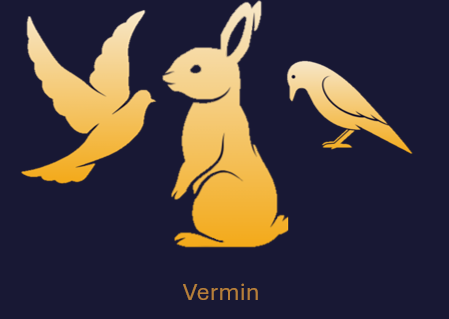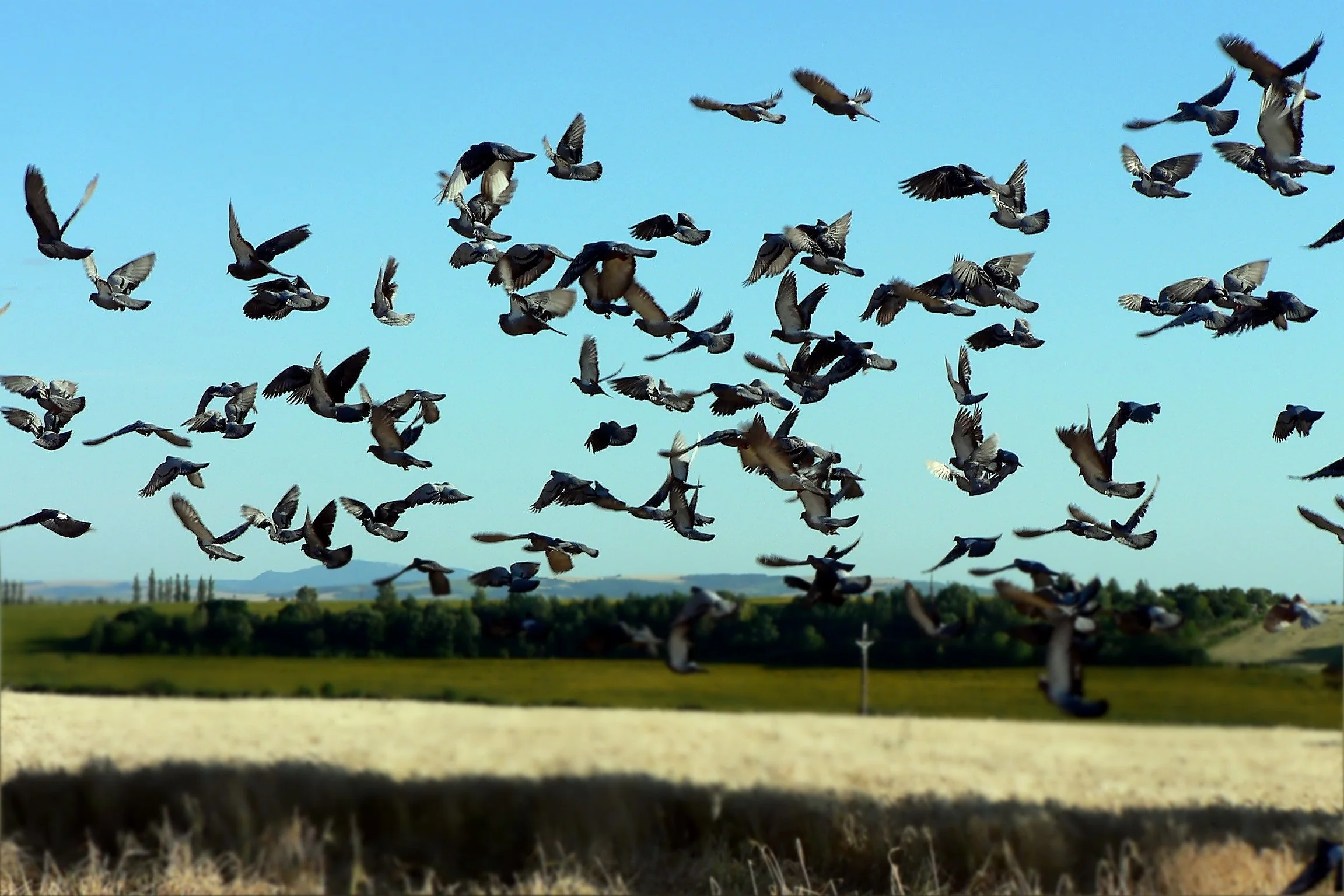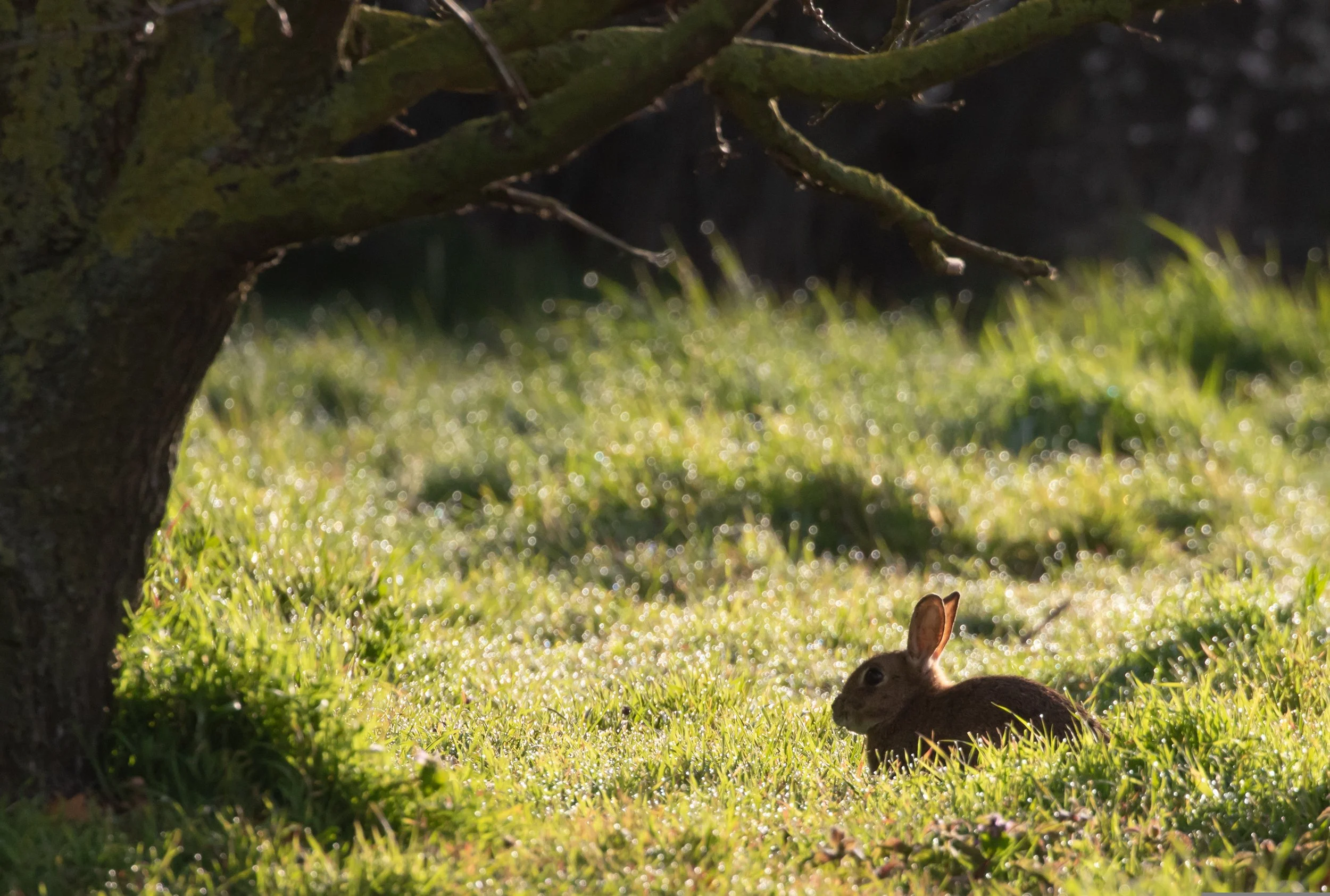Pigeons & Corvids
£10 million to £15 million annually is estimated to be lost due to woodpigeon damage to crops such as oilseed rape, cereals, and vegetables across the UK
Pigeons damage crops by feeding on seeds, grains, and young plants, stunting growth and reducing yields. They also peck at soft fruits like cherries and berries, making them unfit for sale.
Oilseed Rape: Woodpigeons are particularly notorious for damaging oilseed rape, a high-value crop in the UK. In some areas, it has been reported that up to 30% of the crop yield can be lost to pigeons.
Cereal Crops: Wheat, barley, and oats are also vulnerable to pigeon damage, as they feed on the crops, causing yield losses. Some reports estimate that pigeons can reduce cereal yields by up to 20% in heavily affected areas.
Other Crops: Woodpigeons are also known to damage peas, beans, cabbage, and other vegetable crops, leading to both direct losses in yield and reduced marketability of the affected produce.
Control Costs: Farmers spend substantial amounts on pest control measures, including shooting, netting, and using other deterrents. These costs can add up to significant sums annually, with some estimates suggesting that farmers may spend £1-£2 million annually on controlling woodpigeon populations.
Rabbits & Hare
Rabbits are considered one of Britain's most costly invasive species, with their damage to crops, businesses, and infrastructure estimated at over £260 million annually. theguardian.com
Specifically, agricultural damage is estimated at £100 million each year, with wild rabbits consuming crops such as wheat, barley, and oats. Damage to winter-planted cereals and other crops, as well as to pasture and forestry, contributes to this substantial economic impact. ptes.org
These figures highlight the significant economic burden that rabbit infestations place on UK agriculture, emphasizing the need for effective management strategies to mitigate their impact.



